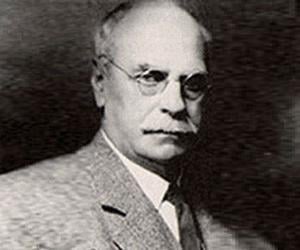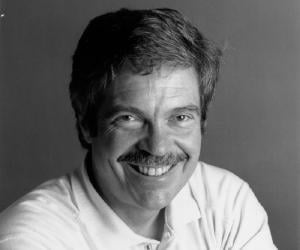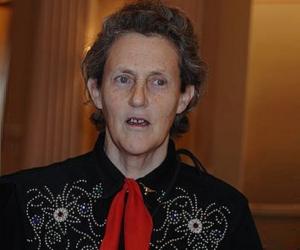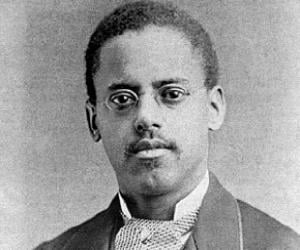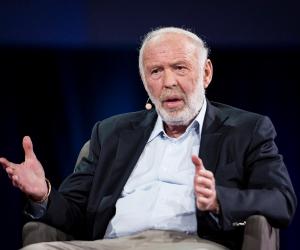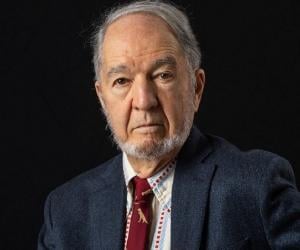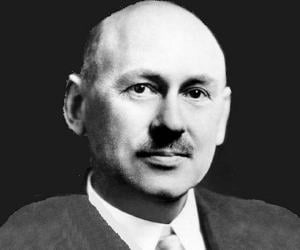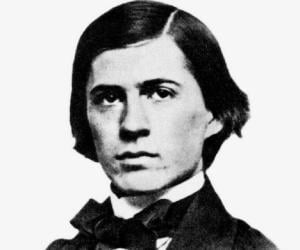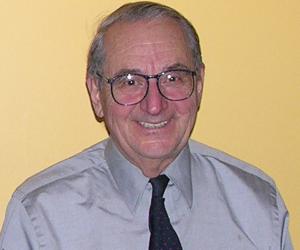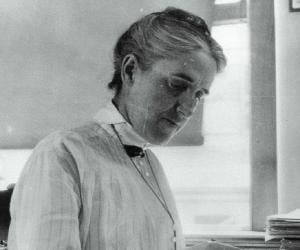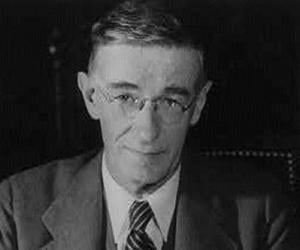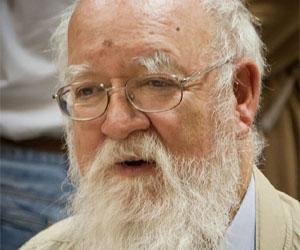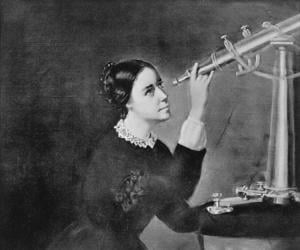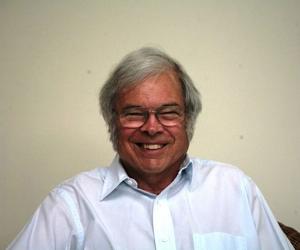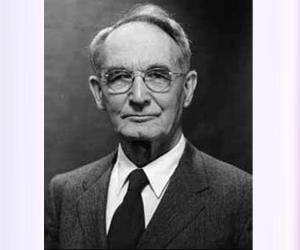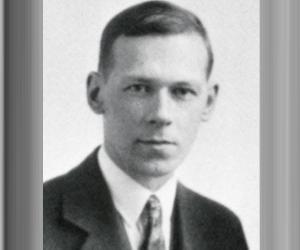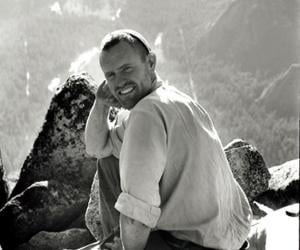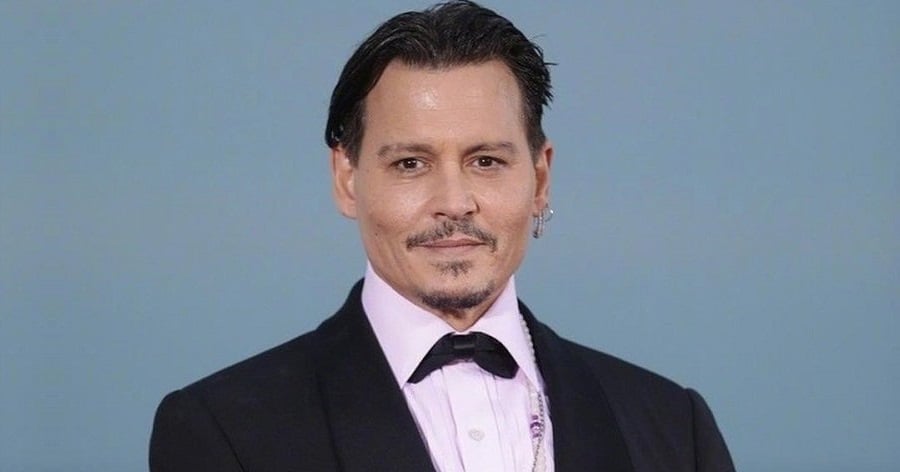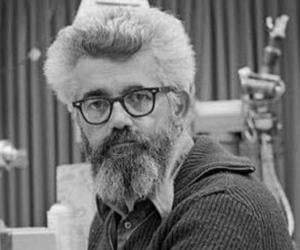

Temple Grandin is an American activist and scientist. An outspoken proponent of the neurodiversity and autism rights movements, Grandin is one of the first individuals to document the insights gained from her own experience of autism. She has also authored over 60 scientific papers on animal behavior. Her life and work inspired the 2010 biographical drama film Temple Grandin.
The son of a shoe factory owner, mathematician-turned-hedge-fund-manager James Harris Simons studied math at MIT and helped the U.S. break codes during the Vietnam War. He later founded his own hedge fund firm, Renaissance Technologies. He supports autism research and funds Math for America. In 2021, he was America’s 23rd-richest person.
Jared Diamond is an American historian, geographer, author, and ornithologist. He is best known for his books, The Third Chimpanzee, Collapse, Upheaval, and The World Until Yesterday. His 1997 book Guns, Germs, and Steel earned him the prestigious Pulitzer Prize. In 1999, he was awarded the National Medal of Science. Jared Diamond is currently working as a professor at UCLA.
The son of a machine shop owner, Robert H. Goddard grew up to become a pioneer of rocketry. Interested in physics and mechanics since childhood, he dreamed of space flight. He developed the world’s first rocket that ran on liquid fuel. NASA's Goddard Space Flight Center is named after him.
Charles Sanders Peirce was an American philosopher, mathematician, logician, and scientist. He is best remembered for his immense contributions to logic. Philosopher Paul Weiss called him America's greatest logician. Charles Sanders Peirce is also regarded by some as the father of pragmatism.
Robert Burns Woodward was an American organic chemist best remembered for winning the 1965 Nobel Prize in Chemistry. Regarded as the most preeminent synthetic organic chemist of the 20th century, Woodward is also remembered for his contributions to organic synthesis. Robert Burns Woodward was also the recipient of the Copley Medal, National Medal of Science, and William H. Nichols Medal.
Born to a church minister, Henrietta Swan Leavitt grew up to work as a “human computer” at the Harvard Observatory. The American astronomer gained fame for discovering the period-luminosity relation of Cepheid variables. However, her brilliant scientific career was halted by her death due to stomach cancer at 53.
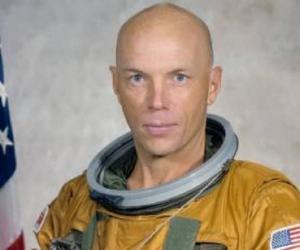
US physician and astronaut Story Musgrave initially worked for the US Marine Corps. Before joining NASA, he gained a host of degrees, in subjects such as literature, math, and chemistry, and an MD from Columbia University. He became the 2nd astronaut to make 6 space flights and later worked for Imagineering and Applied Minds.
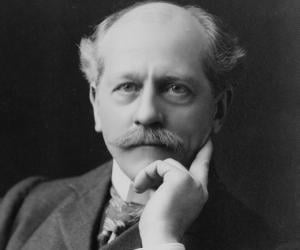
Born into the famous Brahmin Lowell family of Massachusetts, Percival Lowell studied at Harvard, where he excelled in math. He managed a cotton mill and also spent time in Asia as a diplomat. He is best remembered for initiating the discovery of Pluto and for studying the canals on Mars.
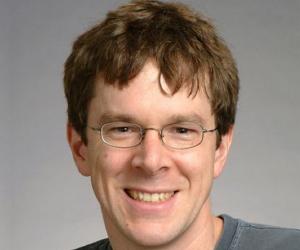
Apart from teaching and working as an electrical engineer, Vannevar Bush had also been the dean of the MIT School of Engineering. Working with the government, he initiated military funding of research projects, later known as the military-industrial complex. He also penned books such as Modern Arms and Free Men.

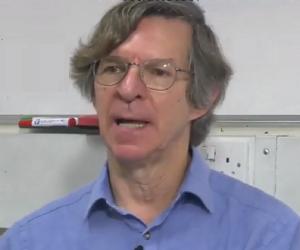
New York University physics professor Alan Sokal made headlines for creating what is now known as the Sokal Hoax. He wrote gibberish using flowery jargon and submitted it to the journal Social Text, which published it as postmodernist criticism, thus proving the lack of credibility of such journals.
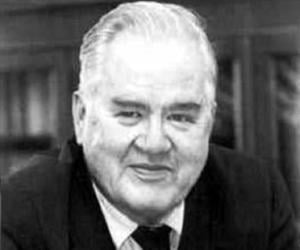

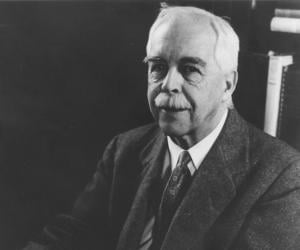
Gilbert N. Lewis was an American physical chemist best remembered for his detection of the covalent bond. He made immense contributions to photochemistry, chemical thermodynamics, and isotope separation. Gilbert N. Lewis received 41 nominations for the Nobel Prize in Chemistry, but never won the award. However, he influenced and mentored numerous Nobel laureates, including Harold Urey and William F. Giauque.
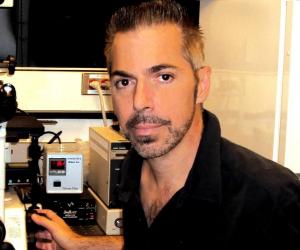
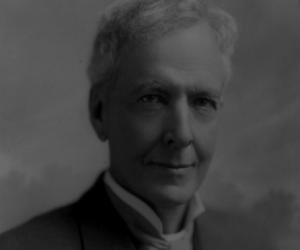
Luther Burbank was an American horticulturist and botanist. A pioneer in agricultural science, Luther Burbank developed over 800 varieties of plants and strains in an illustrious career that spanned 55 years. He is also credited with developing a spineless cactus that served as cattle feed. In 1986, Luther Burbank was made an inductee of the National Inventors Hall of Fame.

Jeff Corwin is a biologist and wildlife conservationist. He is most popular for hosting TV shows on nature, such as Disney Channel's Going Wild With Jeff Corwin and The Jeff Corwin Experience on Animal Planet. He studied at the University of Massachusetts Amherst. He has been involved in conservation since his student days and lectures on wildlife, ecology, and conservation.
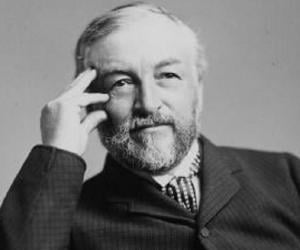
Astrophysicist Samuel Pierpont Langley had worked as an engineer before he taught physics and astronomy at the Western University of Pennsylvania. He later took over as the director of the Allegheny Observatory. He is best remembered for his research on solar radiation and for inventing the bolometer.

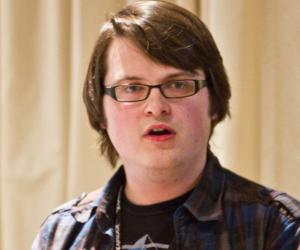
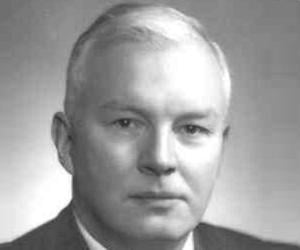
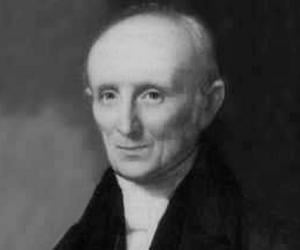
At 10, Nathaniel Bowditch was forced to quit studies due to poverty and started working, first at his father’s shop and then as a clerk in other shops. During his voyages in merchant ships, he discovered his love for math. He later redefined maritime navigation with his mathematical research.
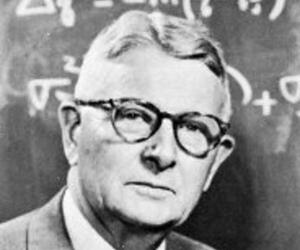
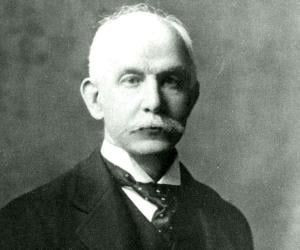
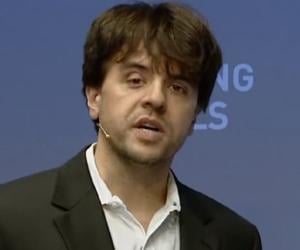
American molecular biologist and Nobel laureate Walter Gilbert pioneered research on the sequence of nucleotide links in DNA and RNA molecules. The Harvard and Cambridge alumnus later taught at Harvard. He also co-established firms dealing with genetic engineering and pharmaceutical research and was part of the Human Genome Project.
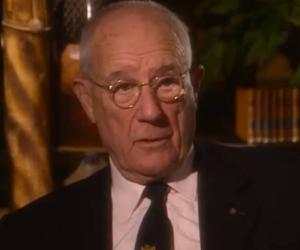
Richard Evans Schultes was a biologist con whoducted numerous studies on the uses of plants by indigenous peoples and is considered the father of modern ethnobotany. In collaboration with chemists, he worked on entheogenic or hallucinogenic plants found in the Amazon jungle. He was one of the first Westerners to alert the world about the destruction of the Amazon rainforest.
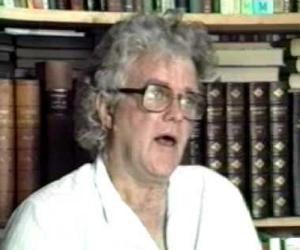
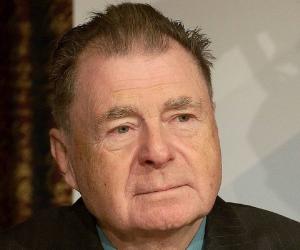
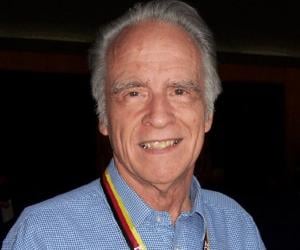
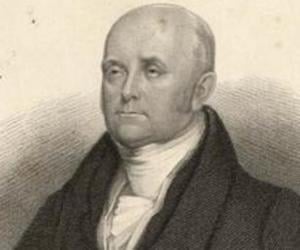
Known as the father of the refrigerator, American inventor, mechanical engineer and physicist Jacob Perkins made several useful mechanical inventions. He created improved nail machines and some of the best steel plates for engraving, invented a bathometer, became the first person in Britain to use a uniflow steam engine, and most notably built the world’s first working vapor-compression refrigeration system.
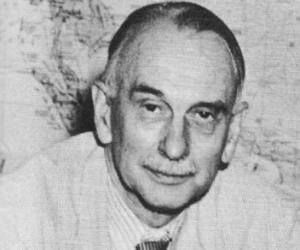
Richard C. Tolman was an American physical chemist and mathematical physicist. He is best remembered for making immense contributions to statistical mechanics. Tolman also made significant contributions to theoretical cosmology. Richard C. Tolman is also remembered for his association with the California Institute of Technology, where he worked as a professor of mathematical physics and physical chemistry.
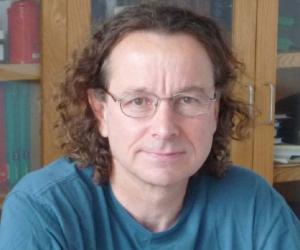
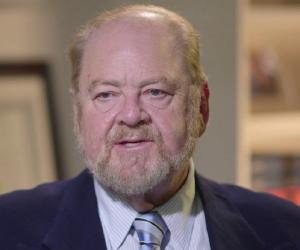
American cell biologist and biochemist James Rothman is best known for his ground-breaking research on cellular vesicles and membrane fusion, which laid the path for further research on immunological and neurological ailments. The Nobel laureate is a Yale and Harvard alumnus and has also taught at many prestigious universities.
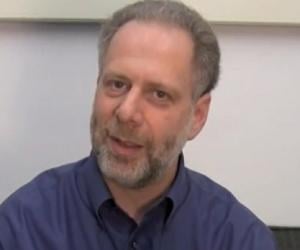
Daniel Lieberman is an American paleoanthropologist best known for his association with Harvard University where he holds important positions. Lieberman is also known for his studies and research on the evolution of the human body and the human head. Over the years, he has been honored with several awards, including the IgNobel Prize in Physics.
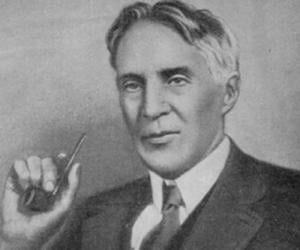
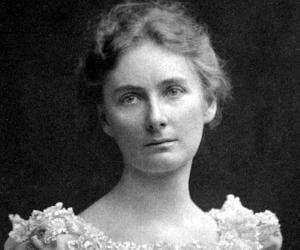
The first female geologist from the US, Florence Bascom had both a Bachelor of Arts and a Bachelor of Science from the University of Wisconsin and was the second American woman to get a PhD in geology. She was also the first female assistant geologist at the US Geological Survey.
